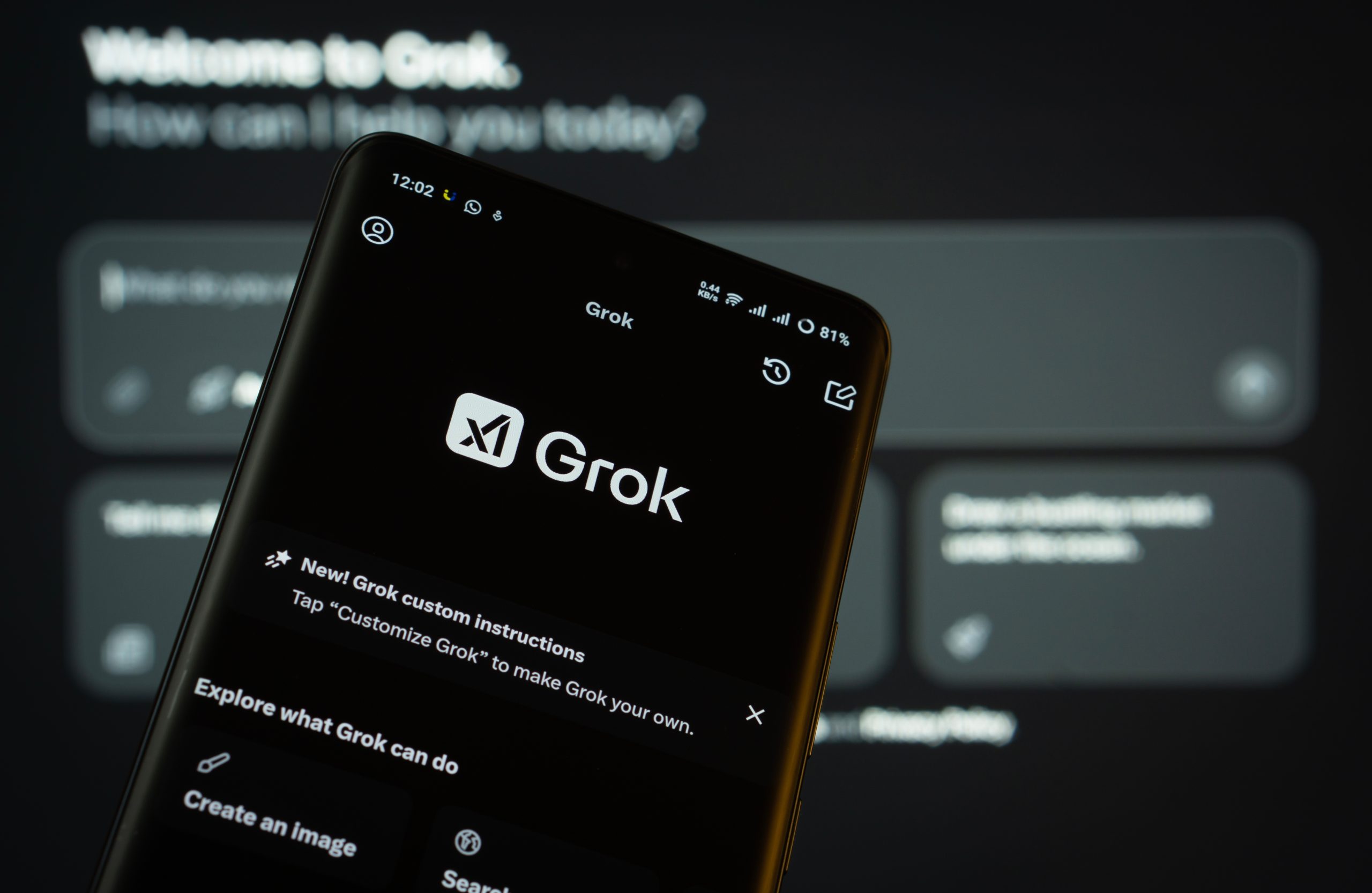
Musk says xAI has open-sourced Grok 2.5
Elon Musk said that xAI, his AI startup, has open-sourced its Grok 2.5 model.
He announced on X that xAI also intends to open-source its upcoming Grok 3 model in about six months.
Grok is xAI’s large language model.
Musk’s statement did not specify a release date for Grok 3.
.source-ref{font-size:0.85em;color:#666;display:block;margin-top:1em;}a.ask-tia-citation-link:hover{color:#11628d !important;background:#e9f6f5 !important;border-color:#11628d !important;text-decoration:none !important;}@media only screen and (min-width:768px){a.ask-tia-citation-link{font-size:11px !important;}}🔗 Source: Reuters
xAI’s decision aligns with a significant shift in the AI landscape where open-source models are becoming the dominant approach.
In 2023, two-thirds of large language models released were open-source, marking a clear trend toward collaborative development over proprietary systems1.
This reflects how companies are increasingly choosing transparency and community contribution over closed development, similar to how the open-source software movement transformed technology decades earlier.
The six-month timeline Musk announced for Grok 3’s open-source release suggests xAI is committing to this approach as a core strategy rather than a one-time decision.
This timing also positions xAI to benefit from community improvements and broader adoption, as open-source models typically develop faster than closed-source alternatives due to collaborative contributions2.
The move comes as businesses increasingly prefer open-source AI solutions for practical operational reasons beyond just cost savings.
Companies using open-source tools report 51% return on investment compared to 41% for those using proprietary solutions3.
This preference stems from growing concerns about data confidentiality, with many organizations restricting proprietary AI models due to privacy risks and the ability to run open-source models locally without data leaving their infrastructure4.
Open-source models also eliminate vendor lock-in, allowing companies to customize and adapt the technology to their specific needs rather than being dependent on a single provider’s development priorities and pricing changes.
The strategic benefit extends to regulatory compliance, as open models provide transparency that helps organizations meet increasing regulatory requirements for AI systems3.
Read full article on Tech in Asia
Government Technology Business
Comments
Leave a comment in Nestia App